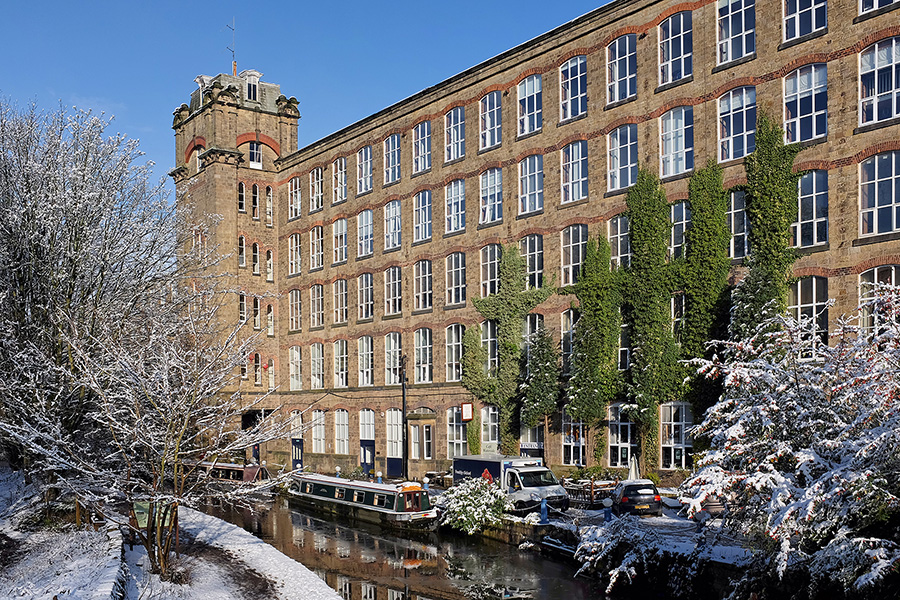 |
| Clarence Mill, Bollington, Jan 2015 |
 |
| Clarence Mill, Bollington, Jan 2015 |
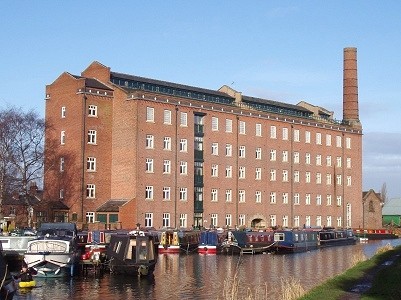 |
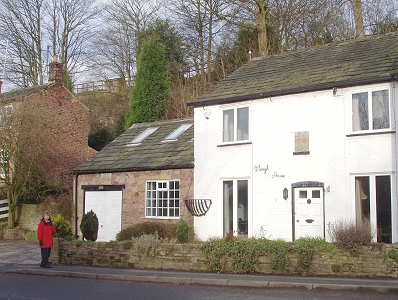 |
|
| The original Hovis Mill, now converted to flats | Millwright's house in Sutton. | |
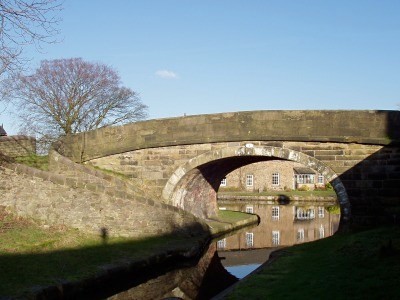 |
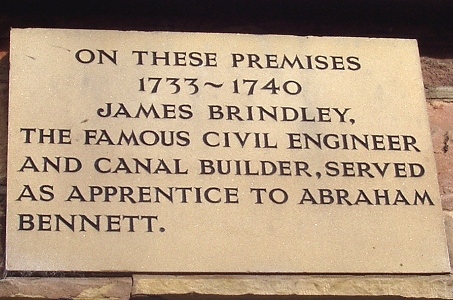 |
|
| Junction of Macclesfield and High Peak | Sign above the white door in the picture above | |
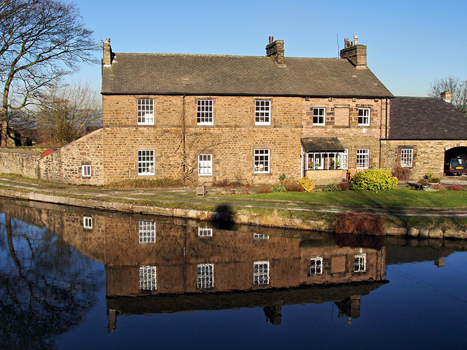 |
 |
|
| Junction of Macclesfield and High Peak | Locks descending towards Marple |
The Macclesfield Canal was one of the last to be built, in the 1820s, only just before the start of the age of railways. It was constructed by Thomas Telford. At the northern end, at Marple, it has a junction with the Peak Forest Canal. From this junction the Peak Forest Canal descends 208 feet by a flight of 16 locks as it turns round the north east side of Marple. The Macclesfield Canal runs roughly southwards from the junction. There is then a long stretch without locks that passes to the east of Adlington and Poynton and through Bollington. On the canal banks at Bollington there are two fine old mills, the Clarence and the Adelphi. The canal passes through the eastern side of Macclesfield and close to Buxton Road is the original Hovis Mill which later became a warehouse and is now flats. A few miles outside Macclesfield there is a flight of 12 locks at Bosley, as the canal descends 110 feet on its route towards Congleton and crosses the Dane in an aqueduct. The water for the canal comes from reservoirs at Sutton and Bosley. The canal ends at Kidsgrove, where it joins the Trent and Mersey Canal. The Macclesfield Canal is part of the "Cheshire Ring" and the marinas near Macclesfield, Bollington and Poynton serve many holiday craft during the summer months.
The Hovis Mill was built in 1820 and used until 1885. In 1914, flour milling was transferred to a new factory on the Trafford Park Industrial Estate. The Hovis Mill then became a print works for the company although milling returned during the Second World War after the bombing of Trafford Park. The mill has now been converted to apartments.
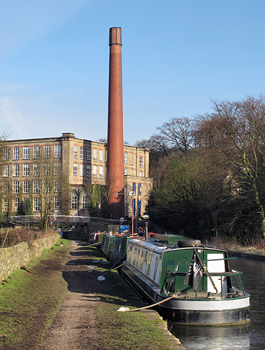 |
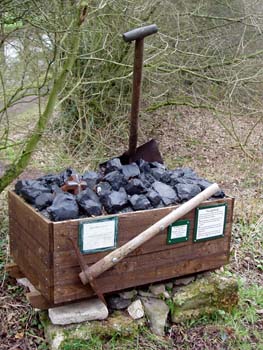 |
|
| The Clarence Mill at Bollington | Coal Mining Sculpture |
The Clarence Mill was built in four stages from 1830 onwards. The first mill on the site was built by Martin Swindells of Macclesfield and produced cotton. In the 1930s the mill produced a mixture of silk and rayon for ladies' stockings. During the Second World War the mill produced silk parachutes. The mill finally closed in 1970. The Coal Mining Sculpture near the canal banks bears a sign telling us that coal mining began in the Poynton area in 1589. When the canal opened in 1831, production rose from 86,000 tons a year to 180,000 tons by 1836. The industry declined in the early 20th century and the Lawrence Pit was the last to close on 30 August 1935, when 250 men lost their jobs. The sculpture was created by the Bollington Drop-In Centere for the 5th Nostalgia Trail in 2005.
Sources:
The Cheshire Ring, Canal Companion by Michael Pearson,
published by J. M. Pearson and Sons, Ltd.
Information board on the Macclesfield Canal at the Adelphi Mill, Bollington.
Macclesfield
Page 1: Town Centre
Macclesfield Page 2:
Town Centre
Macclesfield Page 3:
Halls
Macclesfield Page 4: The Canal
Macclesfield Page 5:
Christ Church
Macclesfield Page 6:
St. Michael's, the Exterior & Nave
Macclesfield Page 7:
St. Michael's the Savage Chapel
Macclesfield Page 8: Nonconformist
Chapels
Macclesfield
Page 9: Some Macclesfield Mills